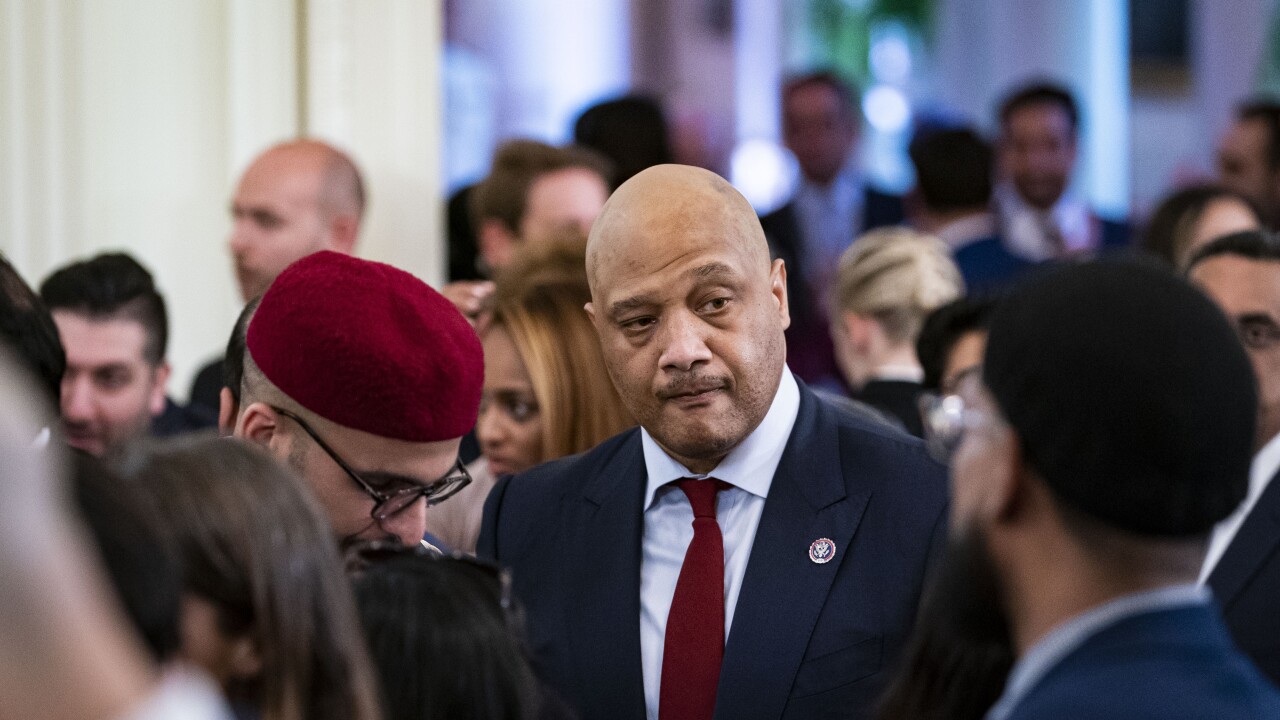DALLAS — In a year when Texas school districts are celebrating record-low interest rates and the return of the triple-A bond guarantee from the Permanent School Fund, officials are contemplating voters’ appetite for new debt.
In Richardson, one of Dallas’ largest northern suburbs, the Richardson Independent School District board is considering calling for a bond issue of up to $175 million next spring. The board this week received a first draft of a proposal from district staff that would seek authorization to renovate 15 schools and refurbish athletic facilities.
With $412 million of outstanding debt, the district is preparing an $11 million issue of general obligation bonds this week in a negotiated deal with RBC Capital Markets and Morgan Keegan & Co. First Southwest Co. serves as financial adviser with Vinson & Elkins LLP as bond counsel.
With one of the more affluent tax bases in Dallas County, Richardson ISD enjoys underlying ratings of Aaa from Moody’s Investors Service and AA-plus from Standard & Poor’s. With the guarantee from the PSF, the bonds will carry triple-A ratings across the board.
With strong underlying ratings, Richardson ISD would have had access to the credit markets in 2009 when the PSF was in hiatus after reaching its capacity limits. But some school districts that had ratings below double-A were forced to wait on the sidelines or pay high interest rates on their debt.
Last week, the Carroll Independent School District, a growing system north of Fort Worth, priced $6.5 million of bonds with final maturities in 2019 and 4.5% coupons at an original yield of 2.28%, or 3 basis points above the Municipal Market Data curve for triple-A debt. The district’s underlying ratings were AA-plus from Standard & Poor’s and Aa2 from Moody’s.
The Fort Sam Houston Independent School District in San Antonio priced a $14.5 million issue with short maturities ending in 2014 that was underwritten by Jefferies & Co. The original 1% yield was 15 basis points above the MMD with 3% coupons maturing in 2014. The district had underlying ratings of Aaa from Moody’s and AA-plus from Standard & Poor’s.
Despite the favorable market conditions, Texas schools face possible voter backlash when districts raise taxes to cover costs. Also looming is the state’s reported $18 billion budget shortfall that must be resolved when lawmakers return to Austin in January. School expenditures are by far the largest expense for the state and a chronic source of political conflict over equalizing funding between rich and poor districts.
Dallas County, which includes Richardson, on Tuesday raised its tax rate to help cover a $60 million budget shortfall after exhausting cuts in spending and instituting layoffs. The new tax rate adds 1.5 cents to the current rate of 22.81 cents per $100 of valuation. It will add $18 to the tax bill of the owner of a $150,000 house.
Nonetheless, voters in school districts have proven receptive to raising taxes for maintenance and operations, a separate account from bond debt service.
Voters in 36 of the 44 school districts have approved property tax hikes this year, according to TexasISD.com — an 82% margin. Last Saturday, 13 of 14 districts approved the tax increases.
Supporters of Richardson’s bond proposal recognize that they would have to make a convincing sales pitch to win approval of a new debt issue. “Given the current economic climate, we can’t assume the support of the community,” said board president Kim Quirk.
With an estimated population of 259,294, Richardson ISD operates 55 facilities and enrolls 34,843 students. The district and the city of Richardson bestride the so-called “Telecom Corridor” that boomed in the high-tech bubble of the 1990s. Texas Instruments, with 11,000 employees, is the leading taxpayer.
Among the projects that would receive funding under a bond proposal would be a “New Tech High School” model school.





